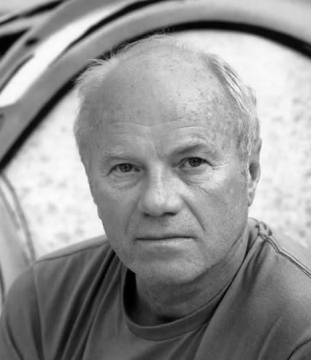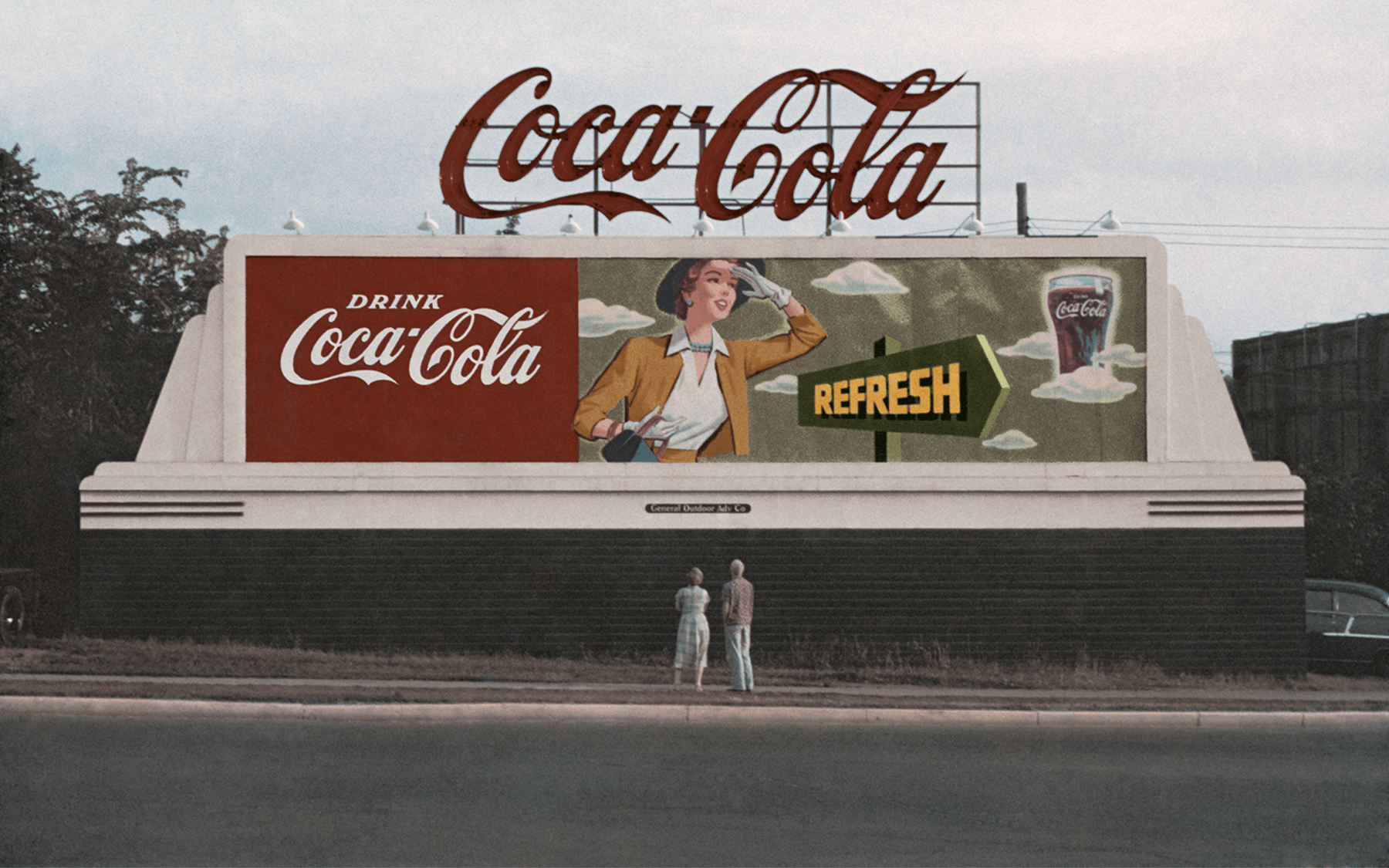
“I’m interested in the speed of recognition of color in space and the acceleration of nostalgia into the future.”
- James Rosenquist
“I’m interested in the speed of recognition of color in space and the acceleration of nostalgia into the future.”
- James Rosenquist
Acquavella Galleries is pleased to present Painting Below Zero, an exhibition of works by artist James Rosenquist. The exhibition is the late artist’s first show in Palm Beach and features a selection of works spanning over 40 years that highlight various chapters in the artist’s practice. Painting Below Zero is on view from March 11 to April 11, 2022 at Acquavella’s Palm Beach location.
James Rosenquist began painting billboards in the summer of 1953, when he was only nineteen years old. After earning himself the sobriquet “Billboard Michelangelo,” Rosenquist incorporated the language of billboard painting into his formal painting career, creating large-scale works with enigmatic imagery referencing popular culture. Included in the exhibition is Brighter Than the Sun, one of Rosenquist’s earliest Pop paintings. With arcs of neon colors and contrasting grisaille passages, the vibrant palette of Brighter Than the Sun defines his signature Pop aesthetic.

Rosenquist and his mother in front of Coca-Cola billboard he painted for General Outdoor Advertising, Minneapolis, 1954. Image Courtesy of the Estate of James Rosenquist.
Shifting from the everyday imagery of his earlier work, Rosenquist began exploring Albert Einstein’s theory of relativity in the late 1990s, connecting the collective’s experience of the passage of time and viewing art, in turn producing the Time Blades series. The largest painting in the series, Time Blades — Learning Curves, addresses the process of learning and the manner in which students compete against the clock in school. Installed around the corners of two gallery walls to accommodate the nearly nine by twenty-two foot multi-panel, the painting recalls Rosenquist’s iconic 1965 Castelli Gallery installation of F-111, enclosing the viewer and posing time’s steep learning curve.
About James Rosenquist (1933-2017) born in Grand Forks, North Dakota, was one of the most important American artists of the postwar era. In 1955, he left the Midwest for New York City, where he received his artistic training at the Art Students League amid the popularity of Abstract Expressionism and artists such as Willem de Kooning. His artistic education led to a brief, but significant, career as a billboard painter, as he spent his days perched on scaffolding high above Times Square.
In the 1960s, Rosenquist transposed the visual language of commercial painting onto his canvases, filling his large-scale pictures with fragmented advertising imagery in bright Day-Glo colors. Rosenquist’s paintings of this era, such as the iconic F-111 (1965) in the permanent collection of the Museum of Modern Art in New York, are pictorial critiques of contemporary American culture, and he is considered a pioneer of the Pop Art movement along with fellow artists Robert Rauschenberg, Jasper Johns, Andy Warhol and Roy Lichtenstein.
The work of James Rosenquist is represented in major private and public collections worldwide, including the Metropolitan Museum of Art, the Los Angeles Museum of Contemporary Art and the Tate Modern in London. Aside from his many gallery and museum exhibitions, James Rosenquist has had more than fifteen retrospectives, with two at the Whitney Museum of American Art. In 2003 the Guggenheim Museum organized a retrospective that traveled to Houston, New York, Bilbao and Wolfsburg. His 2009 autobiography, Painting Below Zero: Notes on a Life in Art, is a best-seller. For the last decade of his career, James Rosenquist was represented by Acquavella Galleries.

Rosenquist at work on Star Thief in his Chambers Street studio, New York 1980. Photo by Bob Adelman. Photo © Bob Adelman. Image Courtesy The Estate of James Rosenquist.
Work of art by James Rosenquist are © 2022 James Rosenquist Foundation / Licensed by Artists Rights Society (ARS), NY. Used by permission. All rights reserved.